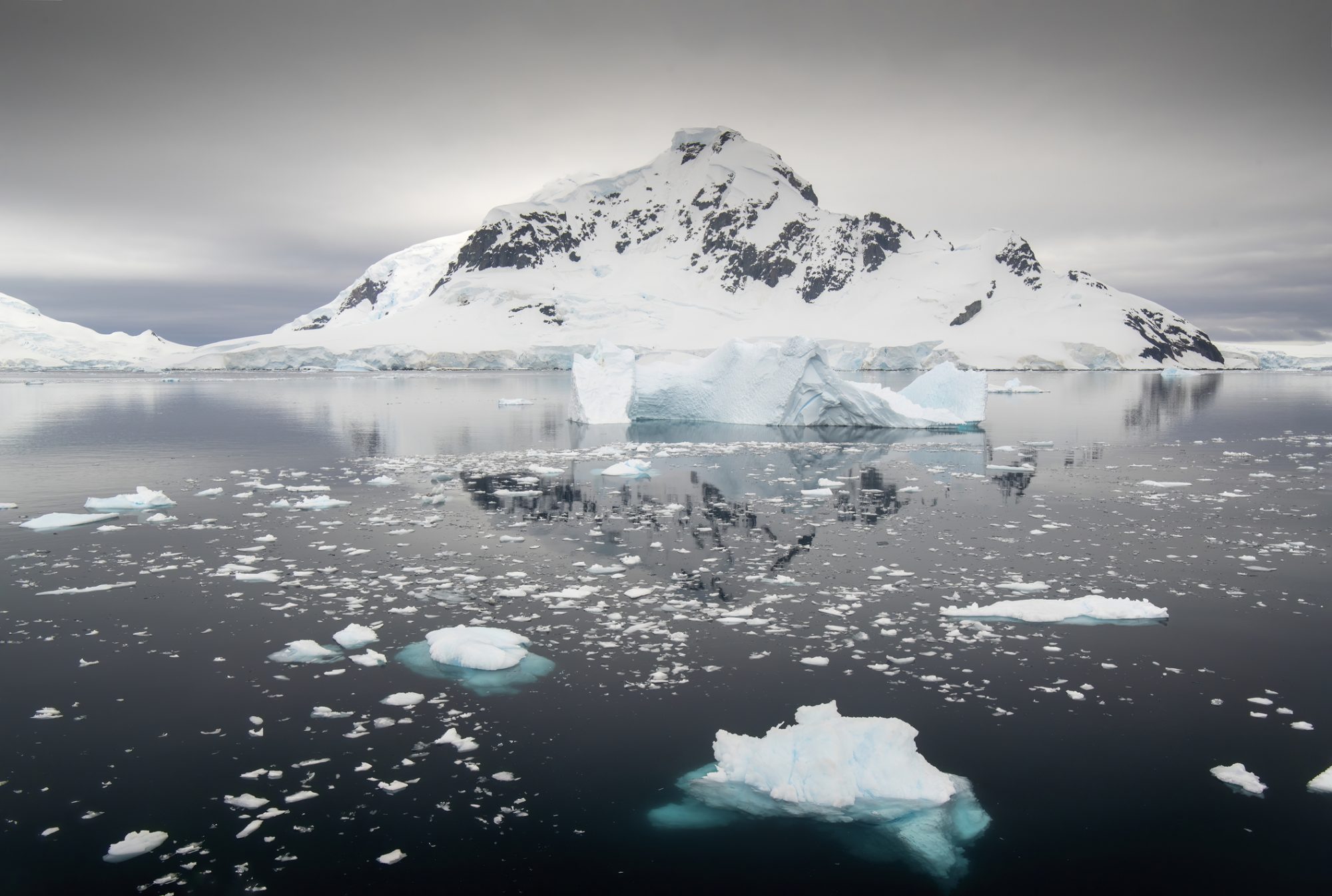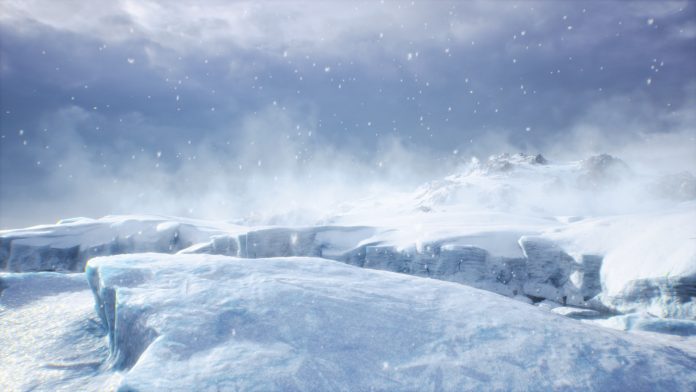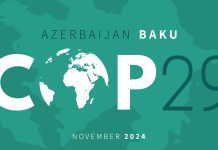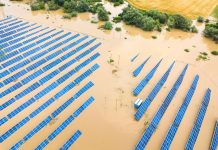Unprecedented extreme weather in Antarctica foretells a problematic future as scientists warn of intensifying events triggered by rising temperatures
The relentless march of global warming threatens to unleash a new era of extreme weather in Antarctica, with impacts surpassing the recent troubling episodes.
This continued extreme weather only further emphasises the need for urgent action to curtail global warming and the risks climate change poses.
Extreme weather in Antarctica: An overview
These events, which include oceanic heatwaves and ice erosion, are poised to escalate in frequency and severity, underscoring the imperative for swift action to align with the Paris Agreement’s 1.5°C target.
A comprehensive study canvassing the Southern Ocean and Antarctica highlights the fragility of these ecosystems in the face of impending climate disruptions.
This investigation spans a spectrum of domains – weather, ocean temperatures, sea ice, glacier systems, and terrestrial and marine biodiversity – pointing toward an alarming prospect of stress and damage if immediate policies to safeguard Antarctica are not enacted.

Global implications of Antarctica change
Professor Martin Siegert from the University of Exeter asserts that Antarctic transformations reverberate globally, leading the charge to comprehend these perilous shifts.
Net-zero greenhouse gas emissions emerge as the beacon of hope to shield Antarctica. The researcher underscores that preserving this pristine wilderness holds transcontinental importance, asserting the relevance of every nation and individual on the planet.
Professor Siegert reinforces the urgency by highlighting the possibility of treaty violations among signatories to the Antarctic Treaty, which pledges to preserve this remote haven. The contradiction of fossil fuel exploration and utilisation with this commitment heralds an era where Antarctica’s ecological equilibrium may face irreparable discord.
Escalating events and ecological ramifications
A litany of extreme occurrences catapults Antarctica into the global spotlight. The record-breaking heatwave in East Antarctica, soaring 38.5°C above the norm in 2022, offers a chilling preview. The ominous trend continues as winter sea ice reaches unprecedented depletion. At the same time, temperature surges cast shadows on the plight of krill-reliant predators, culminating in heart-wrenching tales of stranded fur seal pups.
A call for collective action and conservation
Professor Anna Hogg of the University of Leeds underscores the interconnectedness of extreme events between polar regions and the global stage. She advocates fortifying international treaties and policies to shield Antarctica’s delicate landscapes.
Dr Caroline Holmes, a sea ice expert at the British Antarctic Survey, echoes the urgency and reveals the profound interplay of different Antarctic systems vulnerable to human interference.
Guarding Antarctica’s future: A collaborative approach
As Antarctic sea ice retreats, previously inaccessible regions beckon ships. Prudent management is imperative to preserve these vulnerable sites. Satellite technology, such as the European Space Agency and European Commission Copernicus Sentinel satellites, play a pivotal role in constant monitoring.
By capturing minute details of ice dynamics, thickness, and loss, they equip humanity with the information needed to protect Antarctica’s future.
In conclusion, Antarctica’s unsettling surge of extreme weather portends a disturbing fate, underscoring the need for swift, collective measures to ensure its preservation.
The unfolding narrative demands international unity and unwavering commitment to confront and mitigate this climate crisis, for Antarctica’s survival mirrors our shared planet’s destiny.











